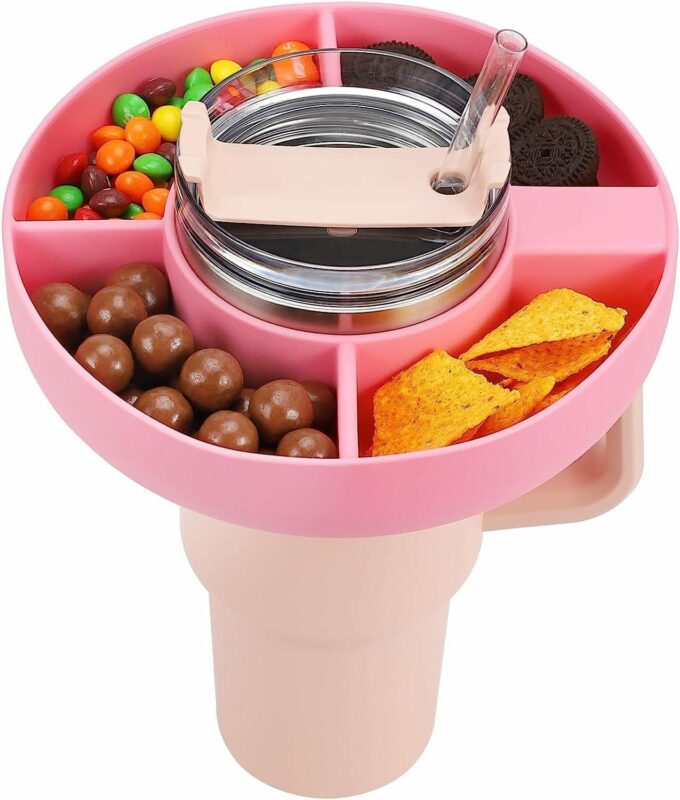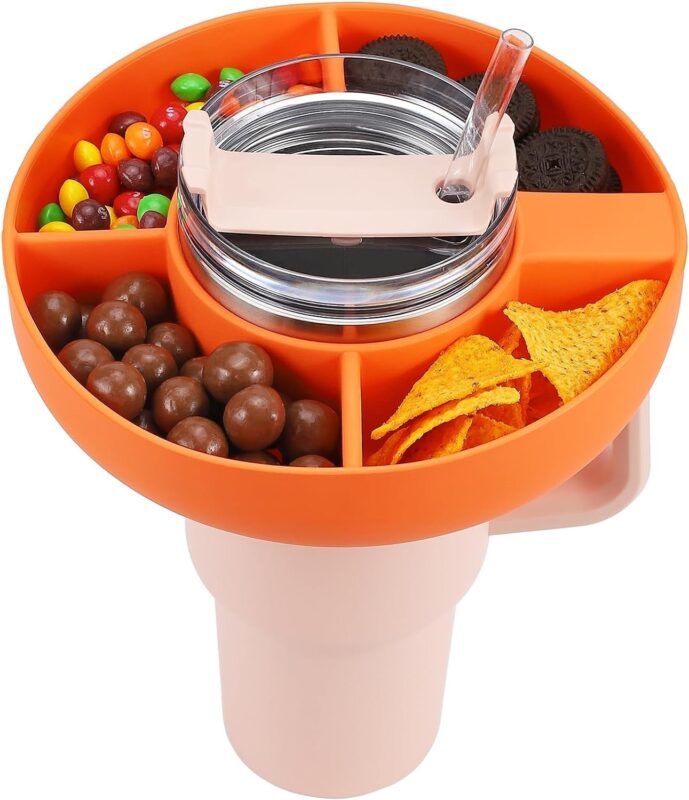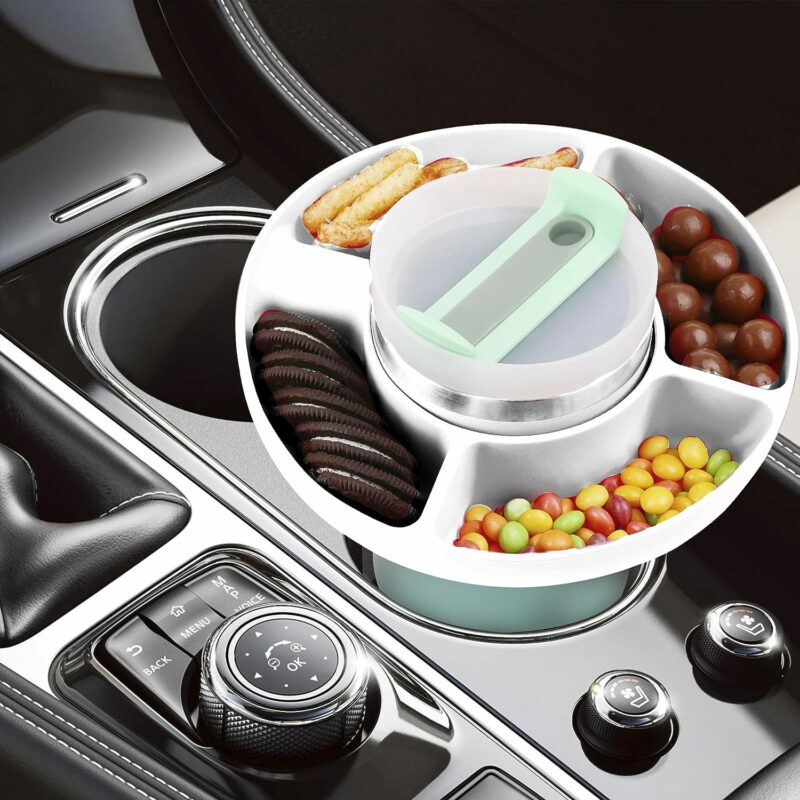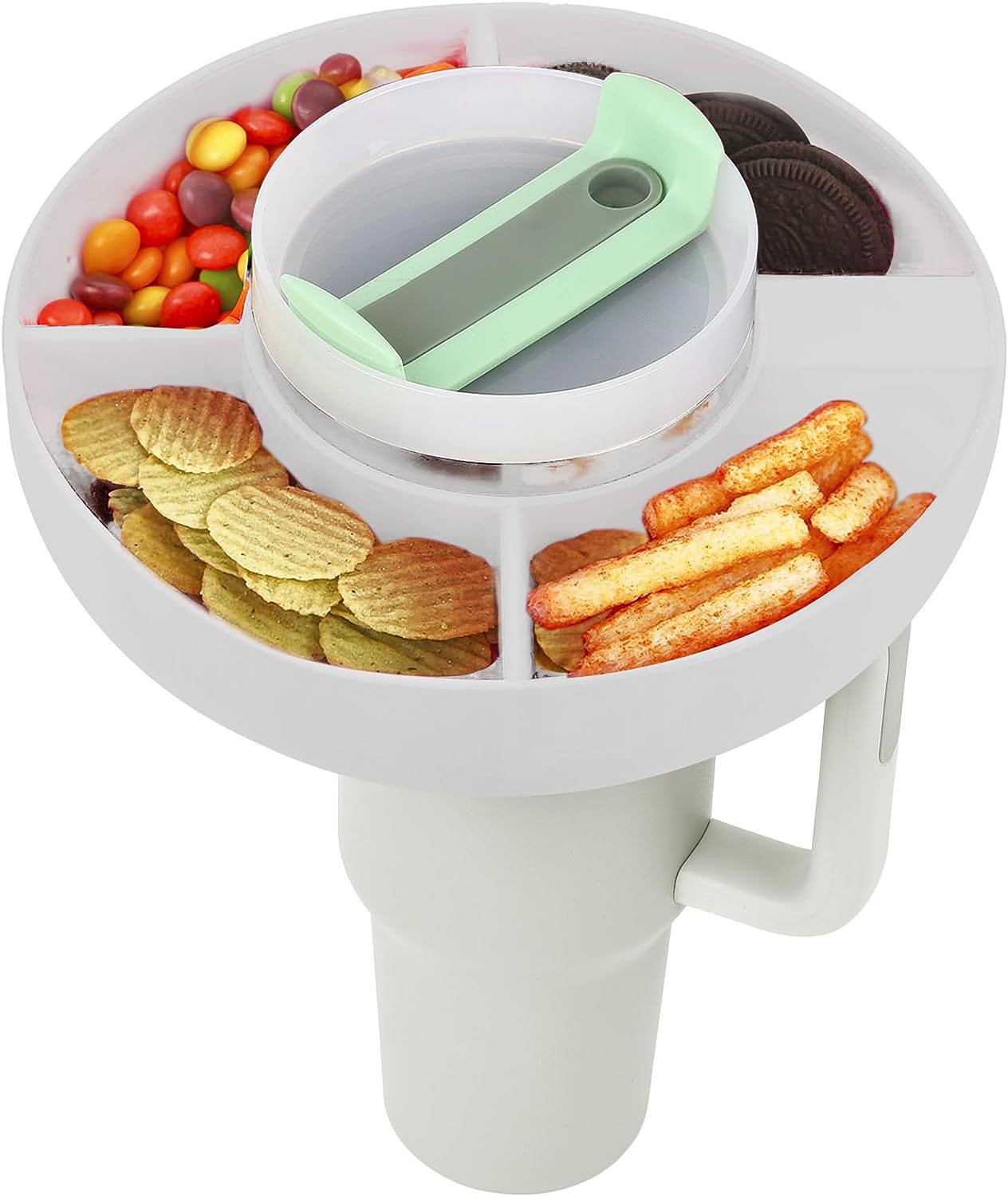Introduction
In recent years, silicone snack trays have gained popularity as a convenient and versatile option for serving and organizing snacks. However, concerns have been raised regarding the safety of using silicone snack trays, particularly for storing and serving hot foods. In this essay, we will delve into the topic and evaluate the safety aspects of using silicone snack trays for Stanley, addressing considerations related to material composition, potential health risks, and practical usage guidelines. By examining the available information, we aim to provide a comprehensive understanding of the topic and offer insights for informed decision-making.

Understanding Silicone and Its Composition
Silicone is a synthetic polymer derived from silicon, a naturally occurring element found in sand and other materials. It is known for its flexibility, heat resistance, and nonstick properties, making it a popular choice for various kitchenware and food storage products.
Silicone is considered food-safe by regulatory authorities such as the U.S. Food and Drug Administration (FDA) and the European Food Safety Authority (EFSA). It is non-toxic, non-reactive, and does not release harmful chemicals when heated or in contact with food. Additionally, silicone is inherently stable and does not degrade or leach into food under normal cooking or storage conditions.
Evaluating Potential Health Risks
a. Heat Resistance: One concern raised about silicone snack trays is their ability to withstand high temperatures. While silicone is generally heat-resistant, it is important to consider the specific temperature limits of the silicone product in question. Manufacturers typically provide guidelines on the maximum temperature the silicone can withstand without compromising its integrity. It is crucial to adhere to these guidelines to avoid any potential health risks.
b. Stability and Leaching: Silicone is known for its stability and resistance to degradation. It does not release harmful chemicals or leach into food under normal cooking or storage conditions. However, it is essential to use silicone products that are made from high-quality, food-grade silicone. Inferior-quality silicone or silicone blends may contain additives that could potentially leach into food. Therefore, it is advisable to purchase silicone snack trays from reputable manufacturers that adhere to strict quality standards.
c. Allergenic Potential: Silicone is generally considered hypoallergenic and non-reactive, making it suitable for individuals with allergies or sensitivities. However, it is important to note that individual reactions can vary. If you or Stanley have a known silicone allergy, it is best to avoid using silicone snack trays or consult a healthcare professional for guidance.

Practical Usage Guidelines
a. Cleaning and Maintenance: Silicone snack trays are generally easy to clean and maintain. Most silicone products are dishwasher-safe, but it is recommended to check the manufacturer’s instructions for specific care guidelines. Handwashing with mild soap and warm water is also a suitable option. Ensure thorough drying before storing the snack tray to prevent the growth of mold or bacteria.
b. Avoid Extreme Temperature Changes: Although silicone is heat-resistant, it is advisable to avoid exposing the snack tray to sudden temperature changes. For example, do not transfer the tray directly from the oven to a cold surface or submerge it in cold water immediately after use. Extreme temperature changes can cause thermal shock and potentially compromise the integrity of the silicone.
c. Check for Damages: Regularly inspect the silicone snack tray for any damages, such as cracks or tears. Damaged silicone can harbor bacteria and may pose a risk to food safety. If any damage is detected, it is recommended to replace the snack tray to ensure optimal safety and functionality.
d. Food Compatibility: Silicone snack trays are generally safe for use with a wide range of foods, including both hot and cold items. However, acidic or highly pigmented foods, such as tomato-based sauces or beetroot, may cause slight discoloration or staining over time. This cosmetic effect does not affect the safety or performance of the snack tray.
e. Avoid Sharp Objects: While silicone is durable, it can be susceptible to punctures or tears from sharp objects. It is advisable to use silicone-friendly utensils and avoid cutting directly on the tray’s surface to prolong its lifespan and maintain its integrity.
Conclusion
In conclusion, silicone snack trays can be a safe and practical option for serving and organizing snacks for Stanley. When made from high-quality, food-grade silicone and used appropriately, they offer several benefits. Silicone is generally considered food-safe, heat-resistant, stable, and non-reactive. It does not release harmful chemicals or leach into food. Adhering to proper usage guidelines, such as avoiding extreme temperature changes and regularly checking for damages, can help ensure the safety and longevity of the snack tray. However, it is essential to purchase silicone snack trays from reputable manufacturers and follow their instructions for maximum safety. By being informed about the material composition, potential health risks, and practical usage guidelines, you can confidently decide whether using a silicone snack tray for Stanley is the right choice for you.


